The Carida Academy began as a private military school, later receiving state support, and offering a comprehensive curriculum. It was known under several names, including the Caridan Military Academy, the Academy of Carida, the Academy at Carida, and the Spacers Academy. However, the cadets themselves informally referred to it as Cliffside, a nod to its perilous location on the Spinara Plateau, which featured a dramatic five-hundred-foot drop-off on its eastern edge.
The Academy's physical footprint was only a fraction of the much larger Imperial Military Training Base, a sprawling complex that typically housed over 150,000 individuals. These included recruits, cadets, and instructors, primarily human males, reflecting the demographic biases prevalent within Imperial society.
Alongside the academies at Anaxes and Corulag, the Carida Academy formed a powerful triumvirate of elite military institutions, consistently producing a significant proportion of the Imperial officer corps.
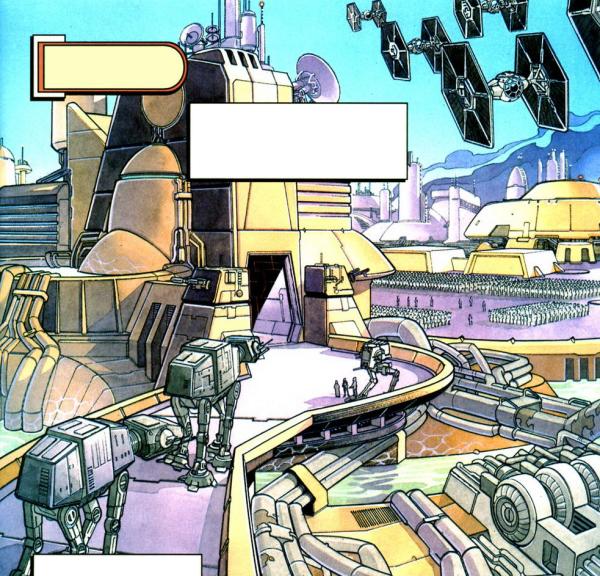
The origins of the Academy of Carida can be traced back to approximately 5000 BBY, a period when its emblem was etched into the surface of the Mascot Moon. Around 220 BBY, a Senatorial decree designated it as a central hub for training both Planetary Security Forces, responsible for maintaining order across the Republic, and Judicial ground troops. Furthermore, the Academy played a crucial role in preparing the Republic Army during the Republic's final military engagements.
At that time, it was known as the Republic Defense Academy. As the Republic's military strength diminished and reliance on the Jedi Order increased, the Academy's influence correspondingly declined. During the Separatist Crisis, which threatened to fracture the Republic, the Academy's leadership and the Caridan governors threw their support behind Militarist senators who were advocating for the passage of the Military Creation Act, hoping to restore the Academy to its former prominence. During the Clone Wars, the Academy was tasked with training non-clone soldiers to supplement the Kaminoan-bred clone troopers and highly skilled clone trooper commanders.
Following the Republic's collapse and the rise of Palpatine's Galactic Empire, the Academy was brought under state control as part of a massive military expansion. Rebranded as the Imperial Military Academy, it became primarily known as the main training center for the Emperor's formidable stormtroopers within the Stormtrooper Corps, a continuation of its earlier function during the Clone Wars. As the Empire's military machine gained momentum, the facility expanded to encompass various training programs for different branches of the Imperial Service. This included the creation of a training center for clones who, much like the Republic's ARC troopers, were bred for greater autonomy and leadership capabilities. This training incorporated practical exercises to reinforce lessons learned through flash instruction. Eventually, the Academy opened its stormtrooper ranks to non-clones, establishing a rigorous two-year training program renowned for its intensity, attracting only the most exceptional and courageous army cadets.
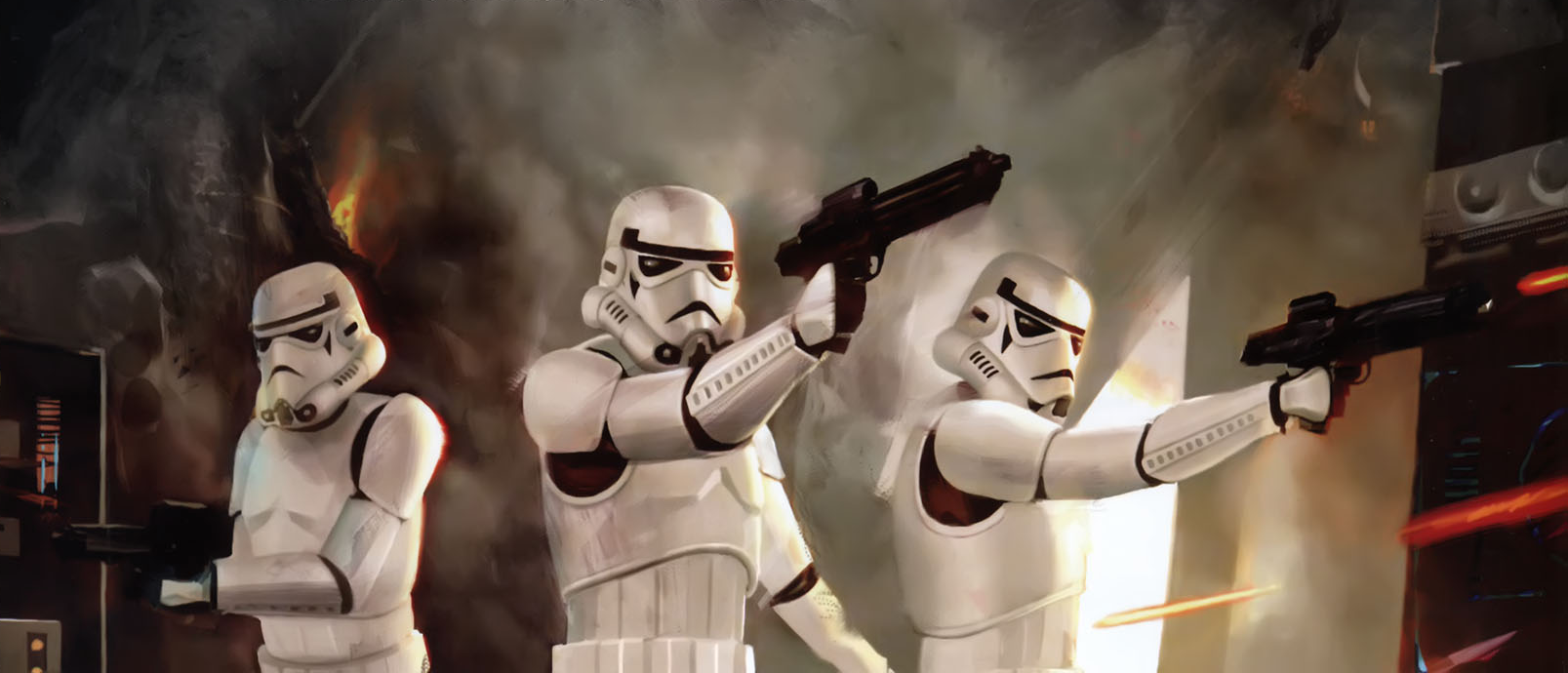
Carida's reputation grew to such an extent that its name became synonymous with military education, often referred to simply as "the Imperial Academy," despite the presence of numerous other Imperial academies, both major and minor. By the height of the Empire's power, it was rare to find an officer or specialized soldier who had not spent at least one semester at the Academy. While its primary focus was training future members of the Stormtrooper Corps, officers in both the Army and Navy branches of the Imperial Military regularly recruited from Carida those who did not qualify for the Stormtrooper Corps.
During the Imperial era, the Carida Academy's combined staff and student population exceeded 150,000. A complete four-year course at the Academy cost the Empire an average of 500,000 credits per student.
Prior to the Battle of Endor, Rebel pilots launched a coordinated attack on the Academy. Only four pilots survived the assault, including Telsij.
In 11 ABY, the Academy met its end when Kyp Durron deployed the Sun Crusher's resonance torpedoes into the core of the Carida system's primary star. The resulting shockwave obliterated all life on the planet, followed by the planet's crust fracturing. Despite the two-hour warning provided by Durron, it is believed that many Imperials managed to escape with a significant amount of their equipment.
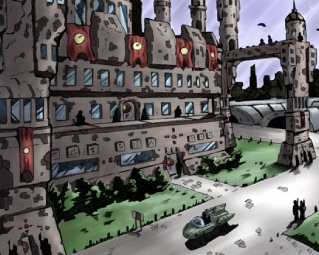
The Academy's core mission was the training of stormtroopers. While other branches and affiliated facilities were integrated into the stormtrooper training program, every trainee entering the Academy underwent the basic training and field exercises of the Stormtrooper Corps before specializing in their chosen field.
The Stormtrooper Corps maintained exceptionally high standards, resulting in a relatively low success rate for recruit training at Carida. Many applicants failed to meet the stringent physical requirements, while others dropped out during the training process. Due to these uncompromising standards, those who successfully completed the program were highly regarded within the Corps. However, even those who failed to meet the physical requirements or dropped out were considered suitable candidates for the Imperial Army and Navy.
Live-fire field exercises provided practical experience and a platform for testing new weapons in simulated combat scenarios. Consequently, major military equipment manufacturers established facilities on Carida to facilitate testing and development.
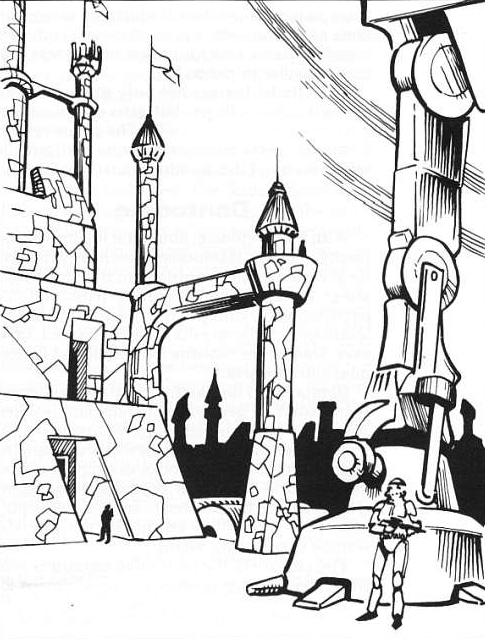
Facilities included:
- The Administration building, an imposing structure with bronze mantigrues guarding its entrances. [5]
- The Imperial Military Training Base
- The Imperial Navy Command Officer's School, an advanced facility for training prospective ship captains in advanced naval warfare and military command.
- The Imperial Engineering Academy
- Cliffside, a stormtrooper officer's academy
- A Hospital, reserved for treating injured cadets and soldiers, frequently busy due to casualties from Omega Missions. A staircase, divided by a metal rail, led to the main entrance, flanked by stone neks larger than an assault boat . [5]
- The Office of Cadet Affairs [5]
- The Quad, a large open area paved with fused stone, spanning acres. Cadets marched across it countless times, earning it the nickname "the grinder." A heroic statue of the Emperor stood nearby. [5]
- The Storm Commando School
- Sunstorm
In addition to experimental weapons testing, prospective stormtrooper officer candidates received instruction in:
- Unarmed combat; [6]
- Wilderness survival; [3]
- Desert warfare simulations; [3]
- Underwater battle tactics; [3]
- Flash-memory instruction in military history; [3]
- Self-discipline through emotional suppression; [3]
- Education in the principles of the Emperor's New Order [3]
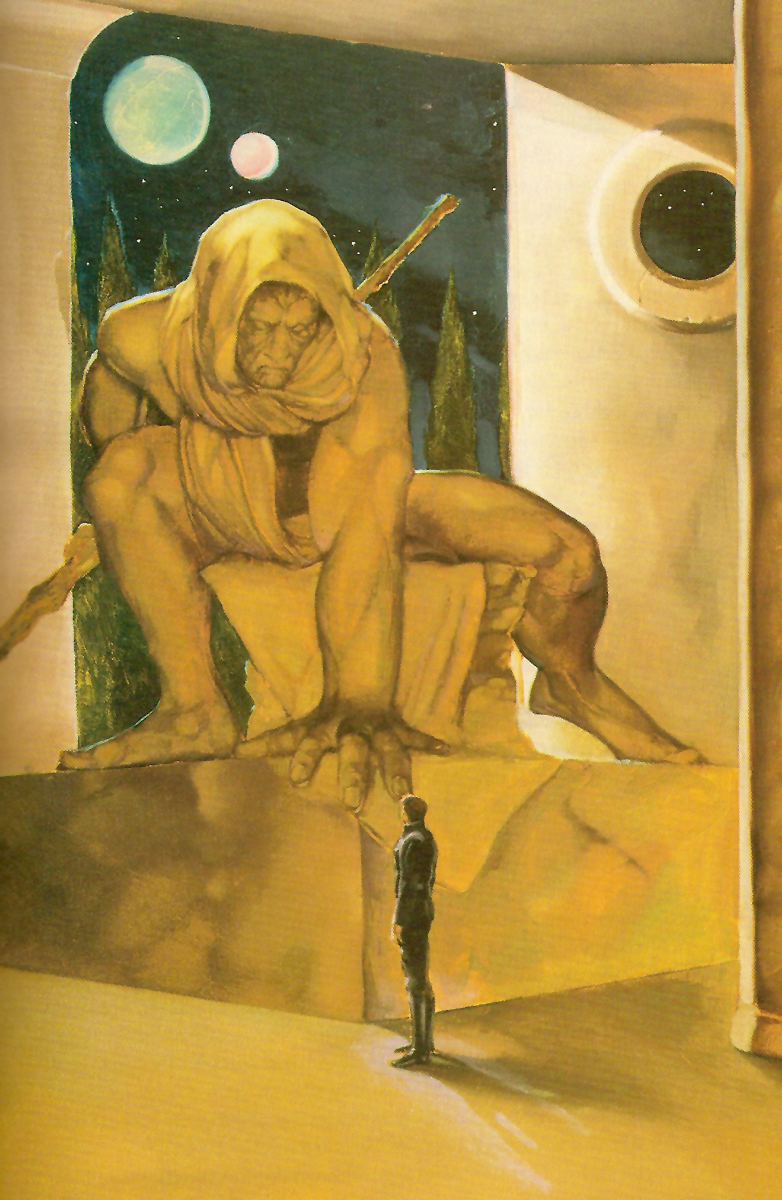
Located at the heart of the Spinara Plateau and surrounded by jagged mountains, the Academy comprised several impressive buildings serving as living quarters, dining halls, training areas, and administrative and Caridan government offices. A large citadel, designed to evoke the architecture of ancient Coruscant and Raithal, stood at the center of the campus, despite being relatively new. The citadel's upper walls were adorned with massive turrets and minarets, with the southernmost turret housing the Academy's private HoloNet transceiver.
The campus provided facilities for both basic and advanced training. The main quadrangles were surrounded by numerous outbuildings, drill fields, rifle ranges, and storage and training facilities. Decommissioned Imperial walkers were strategically placed along major promenades as imposing symbols of the Emperor's power.
The campus featured an enormous "heroic" statue of Palpatine.
The Academy Dean resided in the Dean's Residence.
Rom Mohc implemented a surveillance system to monitor the cadets. Cameras and robotic eyes, positioned high above the ground, transmitted images to the Commandant's underground office, where one wall was covered with a video mosaic of hundreds of screens.
Cadets underwent four years of rigorous physical training, academic study, and intentional sleep deprivation designed to induce extreme fatigue. Before graduation and commissioning, cadets participated in a final Omega Mission. The cost of feeding, housing, and educating the cadets over these four years exceeded half a million credits.
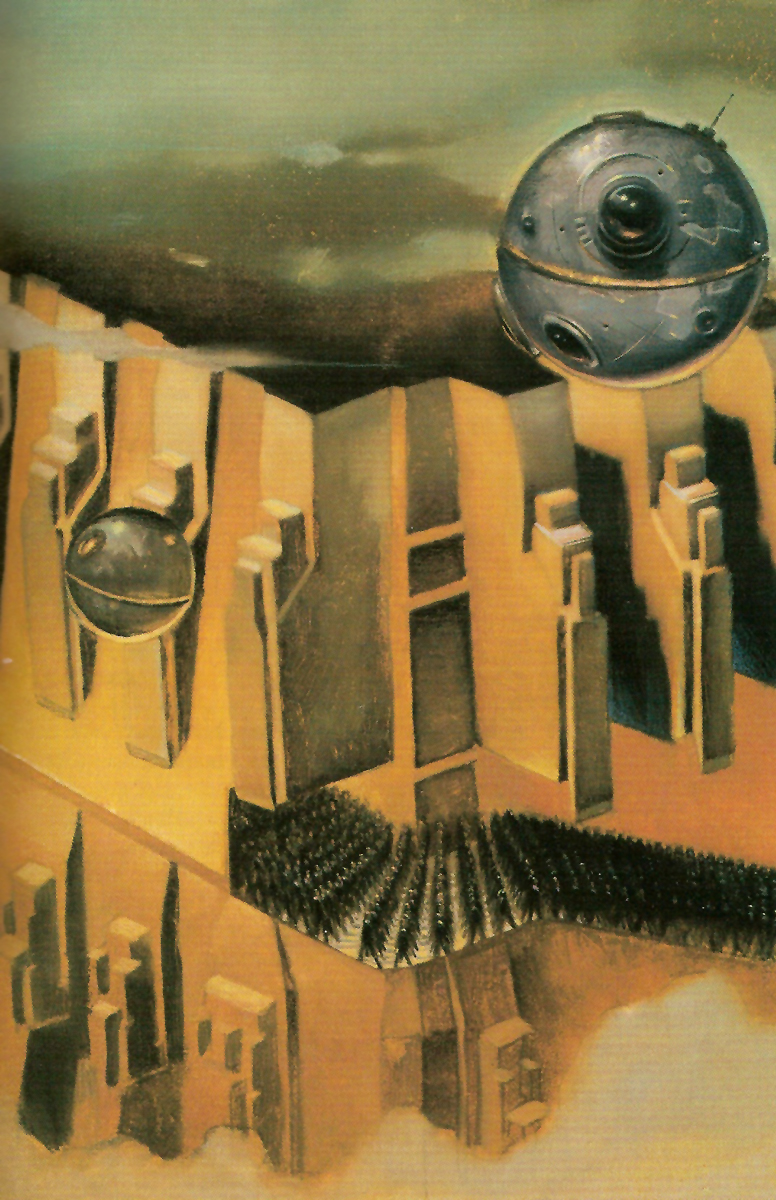
In preparation for the graduation parade, the cadets practiced extensively. A bright yellow line marked the edge of the cliffside drop-off, requiring precise orders, teamwork, and concentration to avoid. Any cadet who stumbled or tripped over the line faced a reprimand followed by fifty push-ups.
In preparation for the event, maintenance workers, freshmen, and droids worked through the night to erect temporary structures such as grandstands and pylons displaying pennants, battle flags, and heraldry. Senior officers and attending parents were present. Ranks of infantry and a company of Imperial walkers (AT-ATs and AT-STs) were assembled, while formations of TIE fighters flew overhead, and the Regimental Band played marches, all recorded by hovering camera droids.
The cadets dressed in their polished uniforms, underwent inspection, and received a lecture on proper conduct before assembling in front of their dorm according to height and alphabetic order, often arguing about their positions due to the proximity to the Cliffside. The Cadet Company Commanders led their companies toward the Quad. Marching around its west end, they passed the hospital, the officials' platform, the administration building, the engineering complex, and proceeded toward the cliffside. Upon reaching the southeast corner of the grounds, they skirted the edge, and at the command of the Cadet Company Commander, who marched along the inside flank, they wheeled left. After a second command, the company followed the quad's north side, taking position in front of the VIP platform. This critical maneuver demanded concentration, unison, and precise timing. In 4 BBY, Cadet Company Commander Stor's voice faltered as his company marched toward the cliff, resulting in the entire first rank falling to their deaths. By 1 BBY, the death toll had risen to thirty-six cadets, with almost half on the right flank, but that year saw no casualties.
The Commandant introduced the guest speakers, followed by a list of names and accomplishments of the top ten percent of the graduating class. General Mohc then walked among the ranks, presenting the honor baton.
The ceremony concluded with three cheers for the Emperor and the traditional tossing of caps into the air. The graduates were then dismissed in a joyful uproar, either to meet with friends and family or to attend dinners and parties in the dorms.
Before the Academy of Carida was developed in the Jedi Academy Trilogy, the Raithal Academy had been established as the most prestigious branch of the Imperial Academy system.